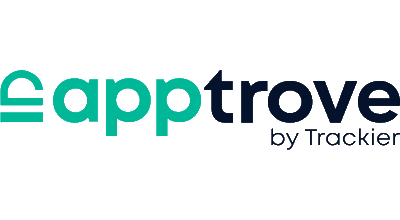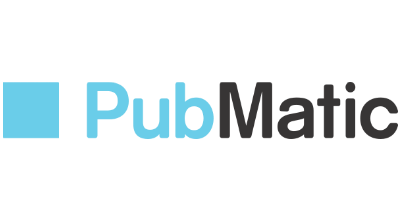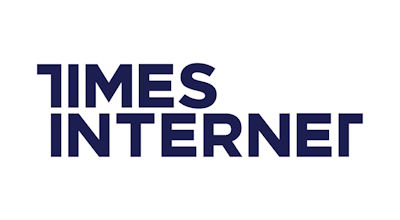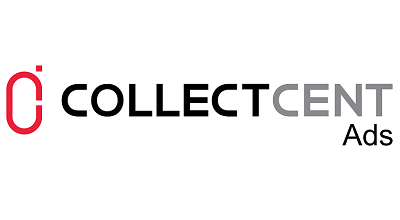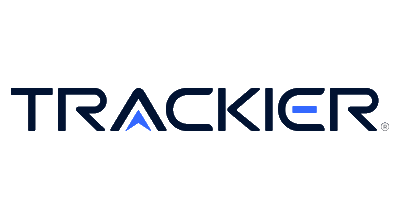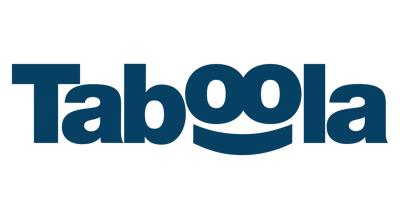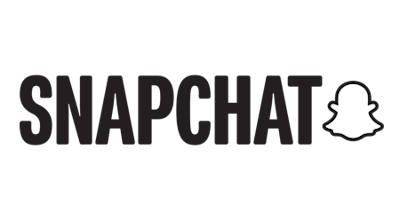How do you see Content Marketing shaping up in India vis-à-vis the rest of the world?
The content marketing ecosystem in India has the potential to become a content hub for the rest of the world in the long term, but we still need to tackle a few challenges. Today, more brands are focused on producing and amplifying content. This is important, but it isn’t enough. To truly create content that resonates with your target audience it’s critical for marketers to recognize their audience’s heterogeneity. Your audience is heterogeneous; their needs, interests, and passions are constantly evolving to keep up with the speed, scale, and direction of change in the marketing and advertising landscape. At Zirca we are going several steps further by bringing back the audience to the center of content marketing. Our proprietary tools will help brands acquire a more enhanced digital understanding of their consumers and their content consumption behavior. This will allow them to make smarter content media plans based on research-driven insights. Content marketing is an important growth area in the future; our newly-launched product ContentdB is therefore the right product at the right time. An integrated native advertising management platform ContentdB gives marketers access to a one-stop destination to understand the performance of all their native advertising content. It’s only a matter of time before companies like ours become a hub for all of a marketer’s content needs.
What according to you should be the essentials for brands that are starting to put together their Content Marketing Strategy?
At Zirca, when we develop a content marketing strategy we repurpose content for a heterogeneous audience. Companies today are sitting on a treasure trove of great content, but they don’t know how to repurpose it in a new way. What we know how to do well, is to put a human face to the rich data we have access to, and then use those audience insights to craft content in different ways to meet the needs of these heterogeneous consumers. Brands need to adopt some of these best practices when it comes to content marketing:
- Factor in heterogeneity in a homogeneous group. For instance, give multiple headlines for a single piece of content.
- Create snackable content
- Don’t use content to sell. Build a story to influence consumer intent.
- Make content a priority, not a value-add in a proposal.
- Define success metrics very specifically and keep mapping activities to those.
While there has been explosion of metrics and analytics tools over the years, how do you think brands should be measuring The Real Impact Of their Content Marketing?
Traditional metrics for measuring the impact of your content marketing are no longer enough. For brands to truly measure the impact of their content marketing they need to move away from traditional reach-based media planning to a planning methodology that involves evaluating the relevance and the effectiveness of content. Our new proprietary tool ContentdB will enable marketers to ascertain how people respond to the same piece of native content differently, thus allowing their marketing spends to generate better results. ContentdB is only one of a series of new products aimed at providing cutting-edge solutions to marketers.
What changes would you like to predict in the publisher ecosystem, with native and content campaigns becoming increasingly popular and yet demanding in terms of measurement metrics?
Native advertising has emerged as a far better revenue source for publisher revenues vis-à-vis display advertising. The very fact that the content is native to the publisher format makes it easier for an editorial buy in. Native content also has the advantage of being non-intrusive and hence doesn’t suffer from banner blindness or ad blocking by consumers. Publishers will continue to invest in native content. I would summarize future trends in 4 words – size, metrics, scalability and audience insights.
Size: A Polar-eMarketer estimate pegs the premium branded content to be a $20bn opportunity by 20211. Publishers and marketers have also translated the learnings from native content to native ads. As a result, Business Insider estimates native display ad revenue in the US, which includes native in-feed ads on publisher properties and social platforms, will make up 74% of total US display ad revenue, up from a 56% share in 20162. As a logical extension, this explosive growth will require publishers to come up with metrics that do justice to the native experience. The metrics in use today are legacy metrics which were more apt for display banners.
Metrics: Publishers will have to look beyond mere reach or impressions to metrics which reflect true engagement, for e.g. what was the depth that the consumer consumed the content upto, or what was the attention span of the consumers etc. This should help us arrive at standardized metrics to measure the effectiveness of campaigns across publishers. Once publishers allow for content pages to be tagged with 3rd party pages, we will get data like we do for display advertising and richer metrics will evolve.
Scalability: Publishers will also have to come up with means to make native more scalable – the inevitable marriage of programmatic and seamless native content will soon be upon us. And finally, all of this will happen keeping laser sharp focus on the ‘audience’.
Audience Insights: Growth will be fueled by deeper understanding of the audiences. Audience bucketing by demographics or behavior will no longer be enough. Only content that sees audiences as individuals with needs, desires, ambitions and anxieties, that caters to their unique the emotions and attitudes will resonate and give returns. Publishers will finally be able to capitalize on their most important asset – audience attention – in a rightful manner. We will all have to see audiences in totality and not just as numbers on our spreadsheets.
With programmatic and native/content marketing being the latest buzz words for marketers, do you envision an intersection of these two strategies in terms of buying platforms, measurement platforms etc. Is there a need for such product in the market?
As I mentioned earlier, unlocking the true potential of content will require native to become scalable. This can only happen if native goes programmatic. The marriage of programmatic and native advertising/ native content is inevitable. In fact, it is happening in evolved markets like US, as we speak, where marketers and agencies allocated roughly 60%of their spends on programmatic native and social native (much of which is programmatic)3. The first ones to go will be the jarring display ads, which will be replaced by programmatic in feed ads. Content is already being amplified programmatically through content amplification platforms. I am very proud that Zirca has taken pole position here and introduced Asia’s first native advertising management platform ContentdB, which I believe is the need of the hour. The last frontier will be content delivery of advertorials or sponsored/ branded content on publishers programmatically. Publishers can do this in many ways – one of which could be to tweak their Content Management Systems to have a dedicated space for native content separate from editorial content. They can obviously have stringent control on content that passes through their CMS and deliver a better user experience. In fact, well written sponsored content can have the same impact as editorial content. A New York Times study has found that readers spent the same amount of time on paid posts as they do with editorial content4. I am sure we as an industry can come up with tools that will create a win-win situation for all stakeholders – audiences, publishers and advertisers.
Sources used:














